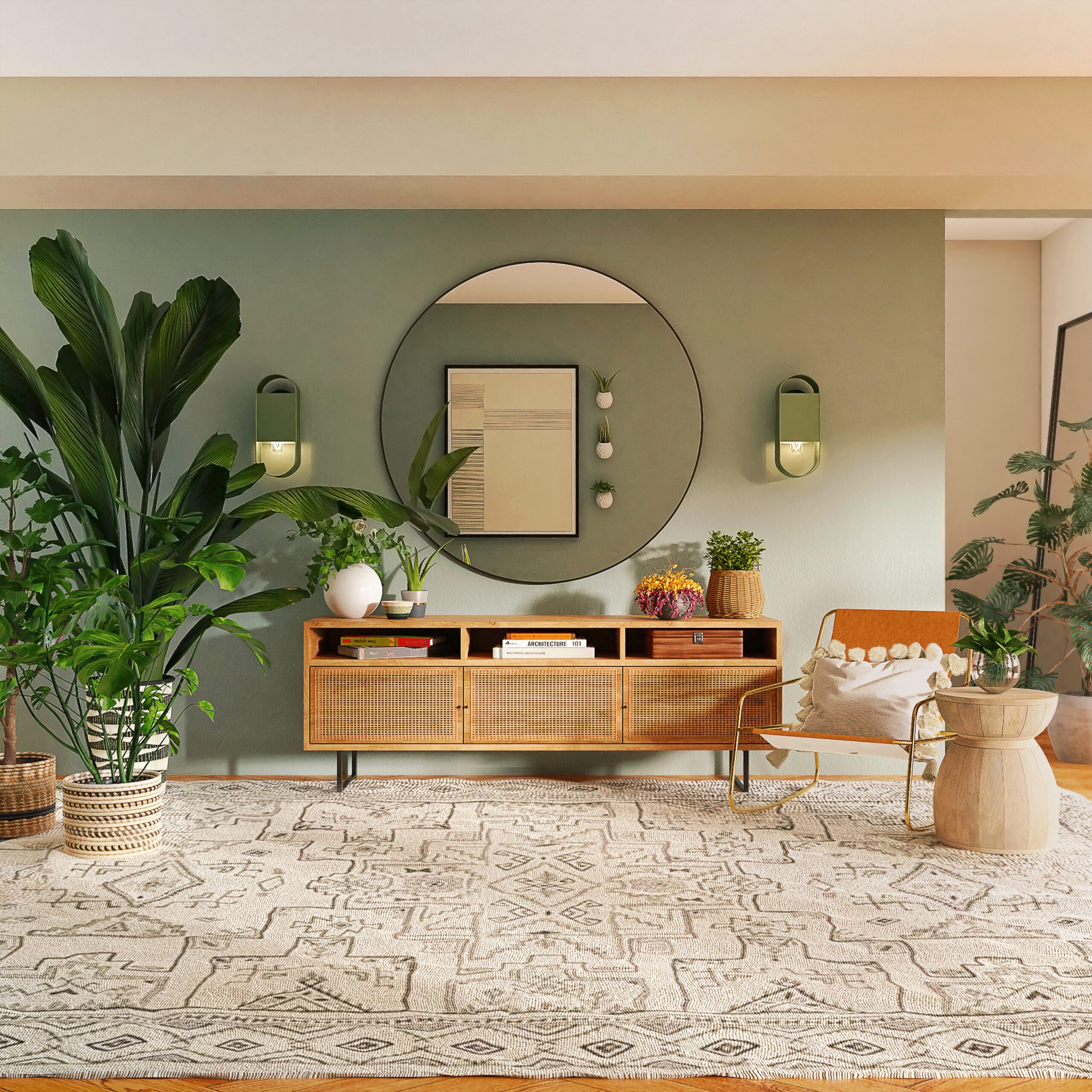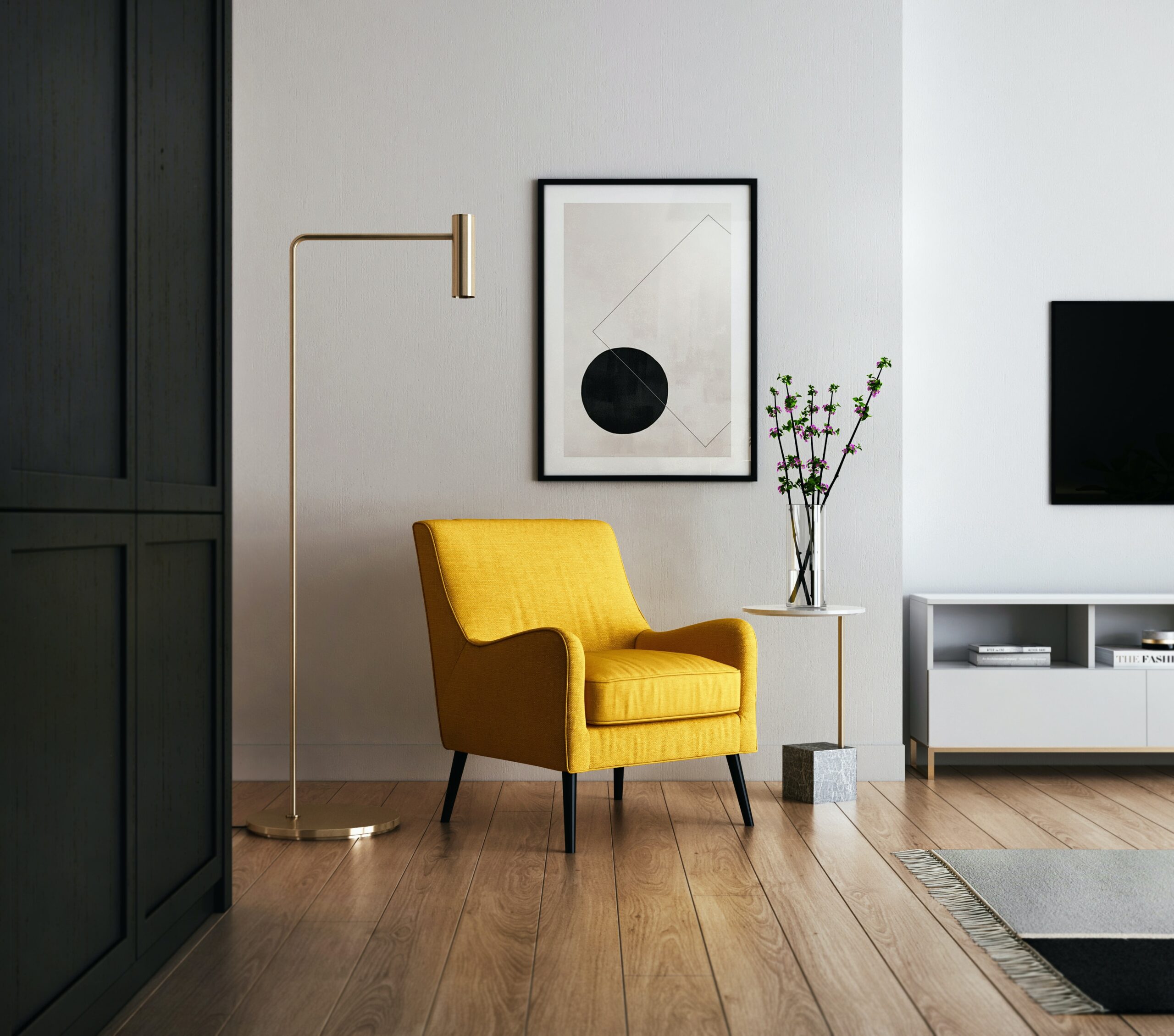Choosing the right paint colors for your home can be a daunting task, especially if you’re not a designer. However, with a little guidance and some helpful tips, you can transform your space into a beautiful and inviting oasis.
Here are some steps to help you choose the perfect paint colors for your home:
1. Consider the Mood
Think about the mood you want to create in each room. Do you want a calm and relaxing atmosphere in your bedroom? Or a vibrant and energizing space in your living room? Different colors can evoke different emotions, so it’s important to choose colors that align with the mood you want to achieve.
2. Start with a Neutral Base
If you’re unsure where to begin, it’s always safe to start with a neutral base. Neutrals like beige, gray, or white can create a timeless and versatile backdrop for any style or decor. Once you have a neutral base, you can easily add pops of color with accessories and furnishings.
3. Consider the Lighting
Lighting plays a crucial role in how colors appear in a room. Natural light can enhance certain colors, while artificial light can alter their appearance. It’s important to consider the direction and intensity of light in each room before finalizing your paint colors. Test paint samples on different walls and observe how they look at different times of the day.
4. Create a Color Palette
Instead of choosing just one color for each room, consider creating a color palette. A color palette consists of a combination of colors that work well together. You can choose a primary color and then select complementary or contrasting colors to create depth and visual interest.
5. Test Paint Samples
Before committing to a color, it’s essential to test paint samples on your walls. Paint a small section of each wall and observe how the color looks in different lighting conditions. This will help you make an informed decision and avoid any surprises once the entire room is painted.
6. Seek Inspiration
Don’t be afraid to seek inspiration from various sources. Browse through interior design magazines, visit home decor websites, or create a mood board on Pinterest. Gathering inspiration will help you visualize different color combinations and find the ones that resonate with your personal style.
7. Consider the Flow
When choosing paint colors for multiple rooms, consider the flow between them. You want the colors to harmonize and create a cohesive look throughout your home. Consider using a color wheel to find complementary or analogous colors that work well together.
By following these steps and trusting your instincts, you can confidently choose the right paint colors for your home, even if you’re not a designer. Remember, the most important thing is to create a space that reflects your personality and makes you feel comfortable and happy.



